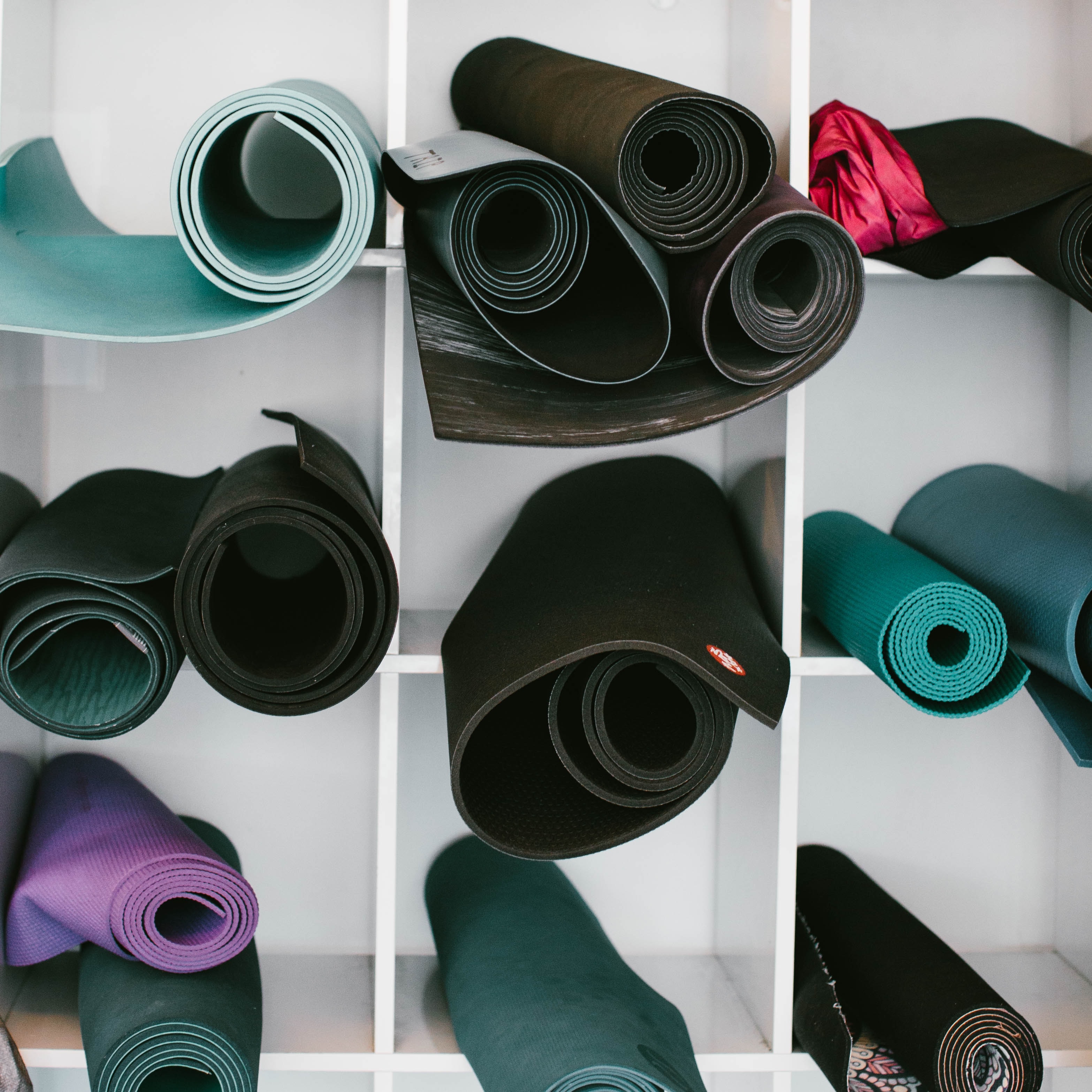Hi everyone,
I hope your New Year is starting off on the right foot.
“Exercising more” is often a big component of people’s New Year goals. If you’re reading this, you’re considering how to make yoga a more consistent part of your daily routine.
For many of us, that’s a tough gig.
How can we get motivated to start or restart a yoga practice if you are just like me and you’d rather just lounge around watching Netflix?
Here are my top three tips to help you begin building a sustainable yoga practice that you’ll come back to again and again.
This is the first of a short series to help kick off the New Year. Hope you enjoy it and share it with friends.
1. Give yourself permission to “suck” at yoga at the start, and for quite some time afterward
That doesn’t sound too motivating, I know. A big rationale that I often hear people use for not doing yoga is that they can’t “touch their toes” or that it’s for “bendy people.” So the result is that people just won’t even start.
Besides being flawed, such thinking prevents people from trying new things or restarting their yoga practice.
We have to give ourselves some slack. Obviously, you want to practice safely and you want to have some goals (touching your toes is nice and motivating), but give yourself permission to struggle at it. Who cares what your neighbor thinks? Begin by beginning.
Part of building a long-term, sustainable practice is to enjoy the process. Begin where you are and don’t compare yourself with others or to some younger, more “fit” version of yourself.
Having a healthy sense of humor can help you navigate moments when you feel uncomfortable, awkward, or even embarrassed trying out new poses. Keep in mind that there is no pressure to be perfect as you move through different postures.
2. Ask yourself, “why yoga”?
For me, developing a sustainable yoga practice requires an answer to the why. Why do yoga at all?
As a yoga instructor, I’m not going to sell you on the idea that if you do yoga you’ll be healthier, more spiritual, or even lose weight. The answer is . . .” yes, maybe, kinda, not really, it’s a complicated answer.”
As Shannon Palus recent article argues, “The glut of exercise advice, tips, and tricks has meant that there is a whole lot of stuff out there to keep track of, and almost as much to debunk, on a scientific but also cultural level.” Such a glut often hurts more than it helps people answer why a yoga practice is even a good idea at all.
I don’t want to add to that glut.
So why do yoga?
So if the answer for doing yoga is not whether you’ll be thinner, healthier, or more spiritual, then what might be a better motivation?
Let’s just stick to the physical aspects of yoga: because of our society’s over-emphasis on looking good, becoming a different shape, or a well-oiled machine, it’s easy to forget that the best part of exercising is that it makes us feel good.
And feeling good has been a wonderful motivator for me.
Over the years, it’s become less about what shapes I can get my body into (don’t get me wrong, I love challenges) and more about the fact that I do yoga because it makes me feel good.
And since I want to practice yoga as long as I can, how then can I create a pleasurable and sustainable practice that I return to again and again as I age?
It’s led me to a more in-depth study of yoga sequencing, yoga injury management and prevention, and anatomy.
This belief has shaped my own yoga instruction. I want my students to develop a pleasurable and sustainable practice that they’ll return to again and again not because they can get into certain shapes, get thinner, or become a well-oiled machine, but because it makes them feel better.
So I encourage you to ask yourself the same question: why yoga? What are you trying to achieve with it? Sometimes the simple answer is the most motivating answer there is.
3. And finally, find or build your own yoga community
I believe that a key part of developing a pleasurable and sustainable practice is finding your yoga community. This can mean many things, from practicing yoga with friends who will hold you accountable, to finding a studio, yoga style, and/or class time that resonates with you.
Take the time to explore. Explore different yoga styles with different teachers. The interwebs have made a lot of this more accessible and cost-effective.
And just as importantly, find yourself good yoga teachers – not just one – who can help you in your journey. Here’s a good guide from U.S. News and World Report.
Here’s to finding sustainable joy in your yoga journey. Have a wonderful New Year!
